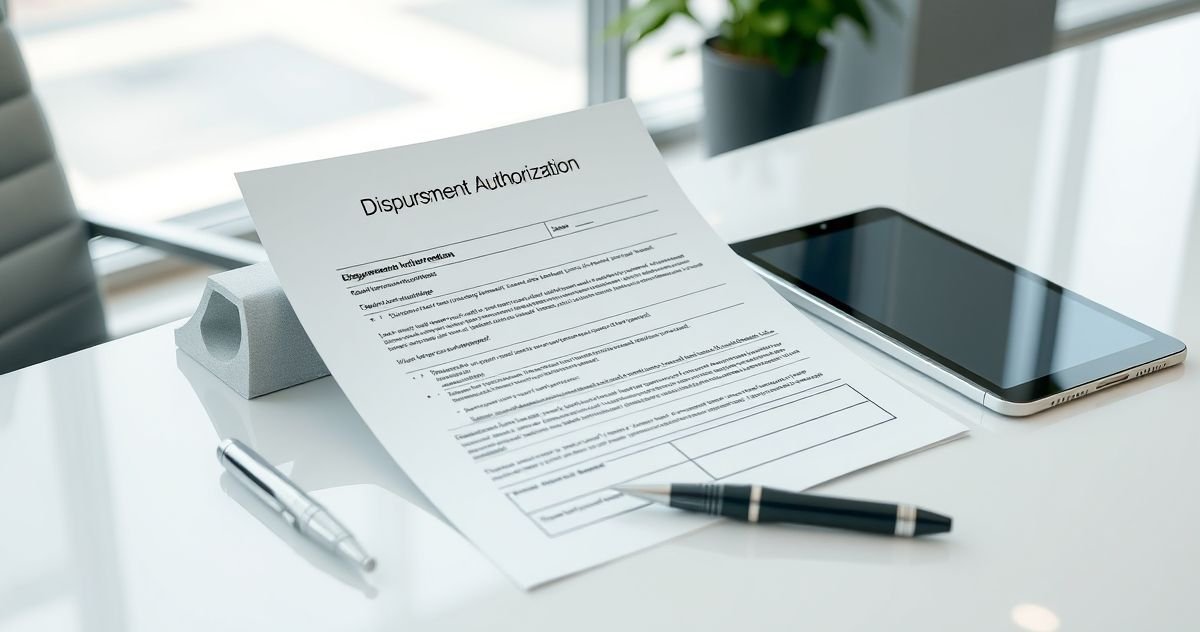Waiting for money from a loan, grant, or retirement account often involves more than just approval—an essential step is signing a Disbursement Authorization Form. This form acts as your formal permission for the institution holding your funds to release them exactly as you specify.
Think of it like authorizing a direct deposit: you provide instructions—in this case, for a one-time or occasional payment—on where and how the money should be sent. Without this signed authorization, the institution cannot legally disburse the funds.
Typically, the process includes:
- Approval for a loan, grant, or withdrawal.
- Receiving the Disbursement Authorization Form from the institution.
- Filling out details like payee, amount, and disbursement method.
- Signing the form to confirm your consent.
- The institution processes and releases the funds accordingly.
This form is common in these financial situations:
-
Student Loans and Financial Aid: Federal student aid funds are sent to your school after you authorize the disbursement, allowing your tuition and fees to be paid. Any remaining aid balance can then be sent to your personal account. For related terms, see Federal Student Loan and Student Loan Servicer.
-
Small Business Loans and Grants: Lenders require this form to deposit funds into your business account or sometimes pay vendors directly. Learn more from Government Loan Programs and SBA Loan Closing Process.
-
Mortgages and Construction Loans: Disbursement authorization permits the release of mortgage funds to sellers or construction payments in stages.
-
Retirement Account Withdrawals: To withdraw from accounts like 401(k)s or IRAs, you must complete a disbursement form specifying withdrawal amounts and delivery methods.
A typical Disbursement Authorization Form requires:
- Your full legal name and contact information.
- Relevant account or loan number.
- Amount to be disbursed.
- Payee details including bank account and routing numbers.
- Chosen method for disbursement (ACH, wire transfer, check).
- Your signature and date for legal approval.
Tips to avoid delays: Double-check all banking information; read any terms or fees; keep copies of your signed forms; and follow submission guidelines, including notarization if required.
Common questions:
- If you don’t sign, funds won’t be released.
- Changing authorization is possible before funds are disbursed.
- Your signature on the form is legally binding (see Consumer Financial Protection Bureau for more details).
Understanding the Disbursement Authorization Form helps ensure you receive your financial aid, loan funds, or retirement withdrawals without unnecessary holds. For additional context, visit Federal Student Aid and the Consumer Financial Protection Bureau.

